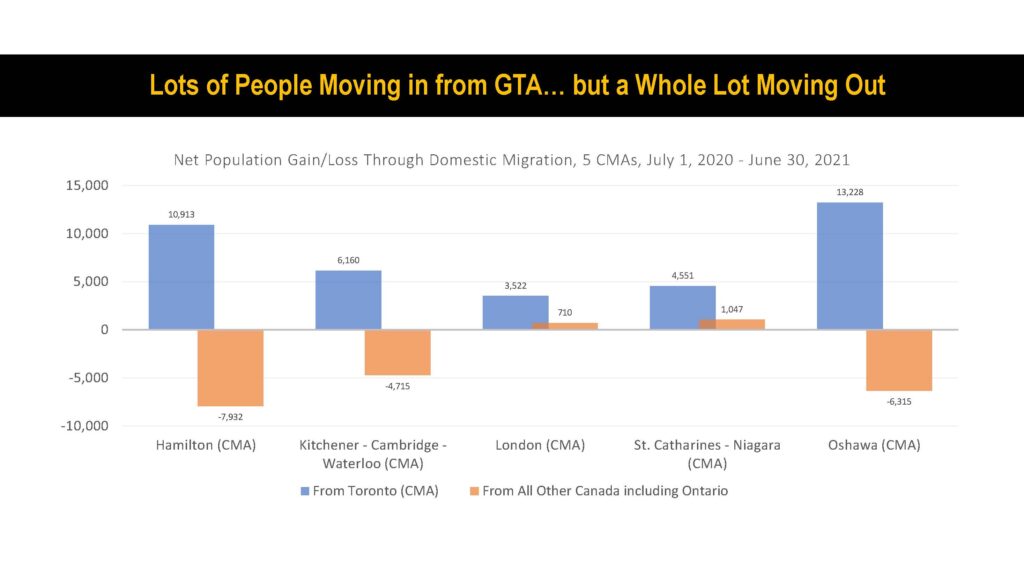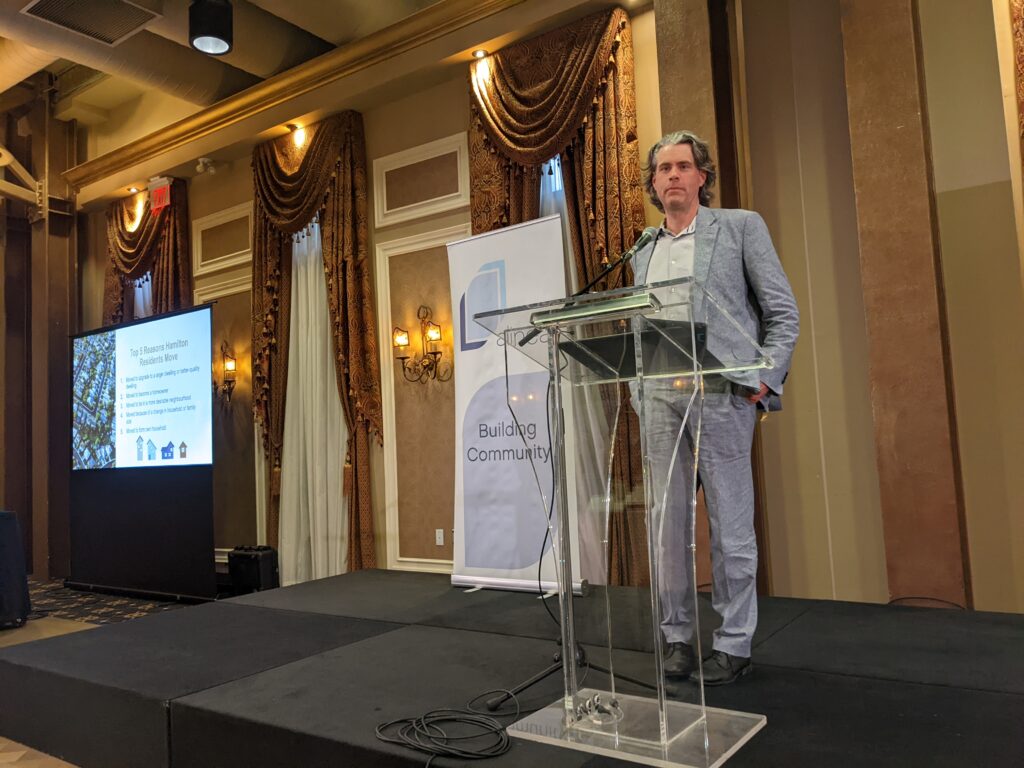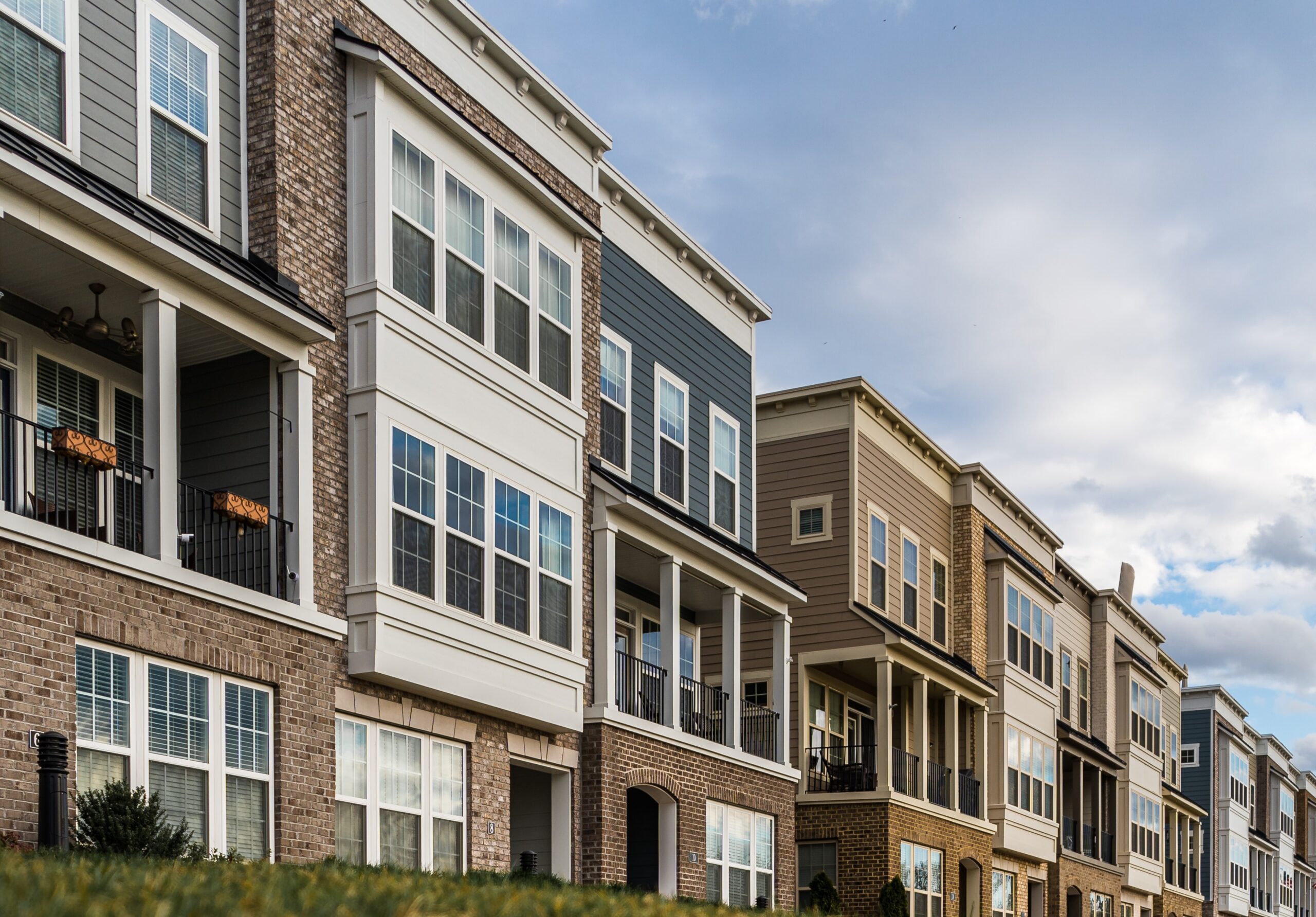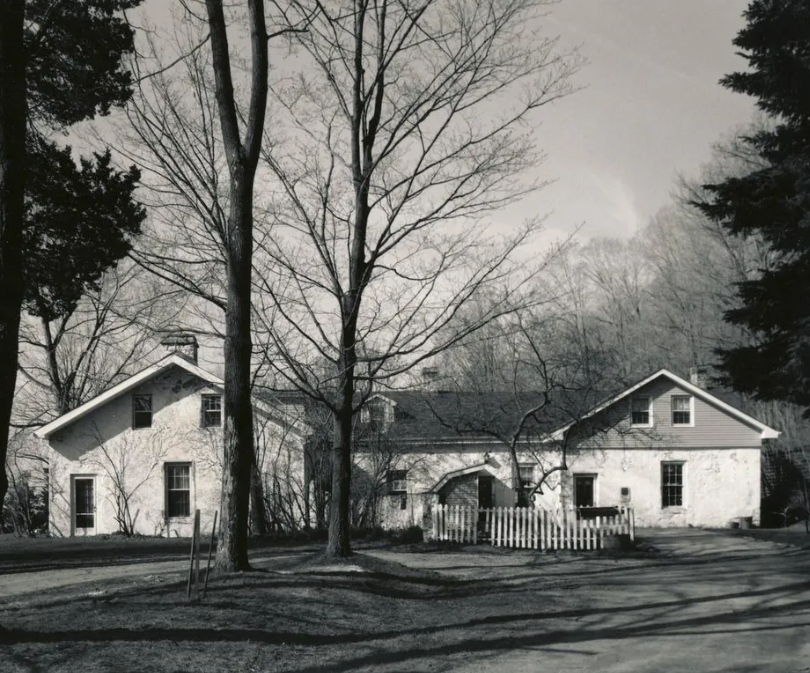By Mike Collins-Williams, RPP, MCIP, CEO of West End Home Builders’ Association
Opinion.
Canada’s rapidly growing population is aging. For Hamilton and Burlington to thrive in the coming decades, we must attract and retain talented and experienced workers to replace those retiring, from education and healthcare workers to high-tech positions like software engineers and the tradespeople needed to build homes, schools, and critical infrastructure. However, because of a lack of attainable housing options, the Hamilton Census Metropolitan Area (which includes Burlington and Grimsby as well as the City of Hamilton) is struggling to retain young families and talent, losing thousands of people on net yearly to Brantford and St. Catharines-Niagara. Despite an overall increase in population, it is also losing greater numbers of existing residents who are choosing to move away to other provinces and other mid-sized cities and towns in other parts of Ontario.


According to the Canadian Housing Survey, housing availability is the primary driver of migration in the Hamilton area. Those moving to and from the Hamilton and Burlington areas are looking for attainable housing that meets their needs, particularly families with young children. Our region’s future prosperity is linked to our ability to compete with other cities for talent. However, because of the increasing housing shortage, fewer and fewer families are able to choose to make the Hamilton Metro Area home. The housing market has become too expensive and unwelcoming for growing families and young professionals. The lack of attainable housing options in combination with slow new home construction is resulting in both Burlington and Hamilton losing talent and opportunities to our neighbouring regions.
Failing to address the housing shortage will not just cause living in Hamilton and Burlington to become less affordable, but it will also strain the social and economic viability of the community, as the population pressures leading to this point are not likely to diminish. The Greater Golden Horseshoe will continue to grow, especially with the increased immigration targets. In the last year alone, Canada has grown by over a million people and Ontario by half a million people. With our strong and diversified local economy, Hamilton Metro has the potential to entice talented newcomers to live and work in the city. However, if the supply of housing continues to not keep up, more young families will embark on the “drive until you qualify” route to find cheaper housing outside of our cities.

According to the recent housing report by the Smart Prosperity Institute, Metro Hamilton has a pre-existing housing shortage that has caused home prices and rents to rise much higher than in other communities in Canada. We are in a global competition for talent. Dr. Mike Moffatt at the Smart Prosperity Institute has stated that unless new home construction doubles over the next decade, the high home prices and rents in both Hamilton and Burlington risk pricing out young families and much-needed talent and workers. Increasing housing supply will help ensure that our region is an attractive and viable place to work and live as we are currently lagging behind other cities. To resolve the shortage and replace our aging workforce, we need to ensure we’re building both smaller units for the young professionals who need them, as well as a variety of family-friendly housing options. We need more or a variety of different housing options and opportunities. Hamilton and Burlington need to double home-building over the next decade to reach their provincial targets of 47,000 new homes and 29,000 new homes respectively.
Despite the challenges ahead, the good news is that never before have we seen such alignment on housing. While there is still lots of work ahead, there is more that unite us — all three levels of government have agreed we need to dramatically scale up our housing production, and the conversation has turned over from “why do we need to build more homes” to “how are we going to build more homes.”




